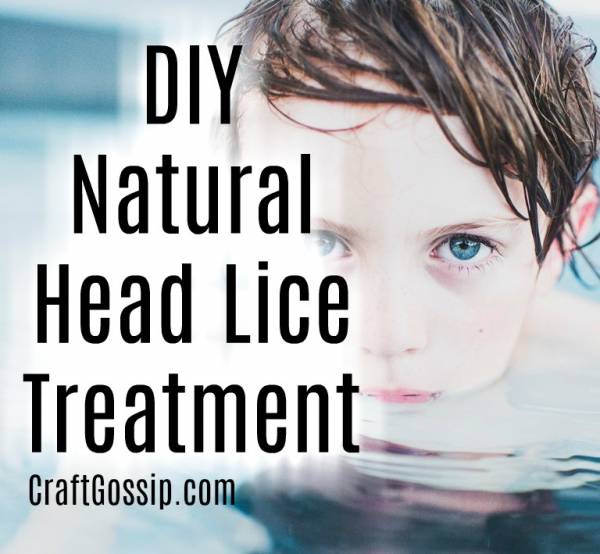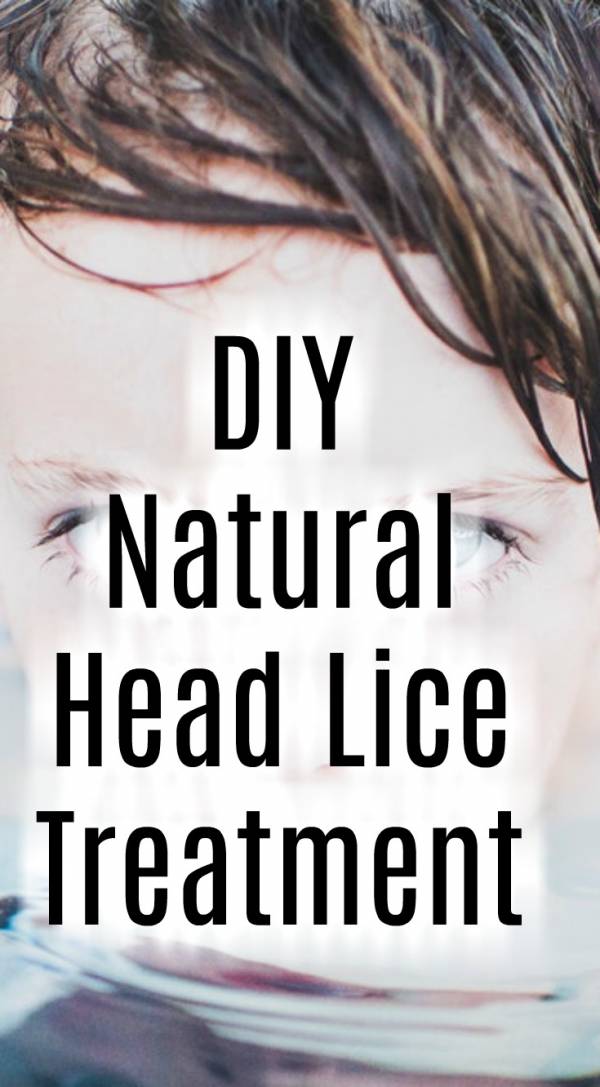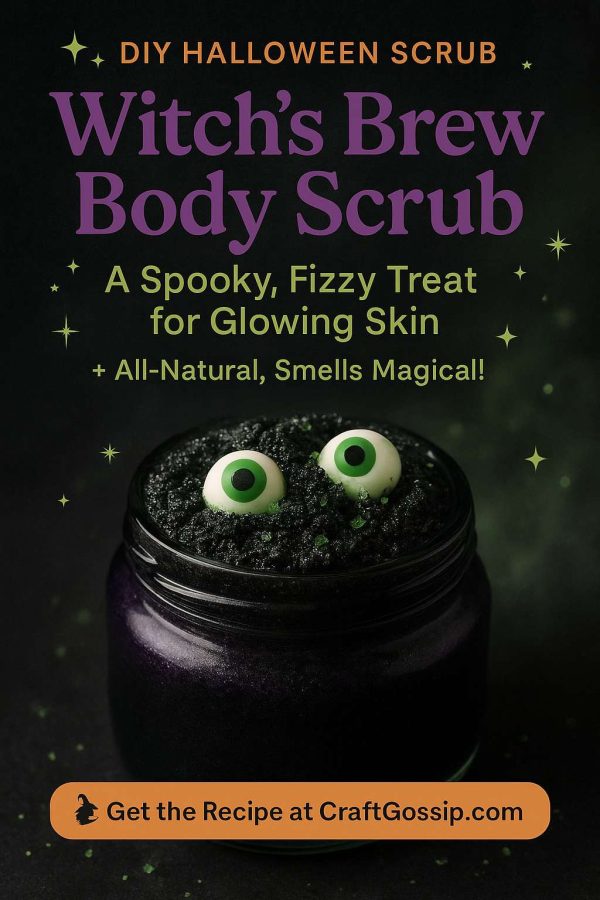
Popular lice treatments contain pesticides that can be harmful to children, especially after continued use. Some of those toxic chemicals include lindane and pyrethrins.
Instructions on head lice treatment shampoos suggest a second treatment seven days later. Head lice eggs take a week to hatch, so the treatment is a precautionary measure if any eggs are remaining.
Combing the nits out can be a huge chore because they’re so small, sticky and hard to see. If you add conditioner to dry hair and comb them out, it makes it a lot easier.
Traditional chemical head lice treatments are not only toxic but head lice have built up a resistance to them in many cases.
Alternative Head Lice Treatments:
Tea tree oil is an oil from Australia used to treat a variety of things such as athlete’s foot and dandruff. It’s also used for acne and as an antiseptic.
To treat lice, you can mix 1 teaspoon of tea tree oil to 4 tablespoons of carrier oil to rub in your scalp and leave for ten minutes before rinsing. Another method is to add 10 to 20 drops to shampoo and do the same. The first recipe was taken from a study found on NoSpray.org.
Oregano, Lavender and Cinnamon leaf
are essential oils that may work as well as synthetic pesticides. Some natural remedies use a combination of several of them. Oregano is very strong, so it’s best to dilute it with a carrier oil.
Other Information about Head Lice:
Head lice are small insects that live on human heads. They can grow to be about the size of a sesame seed.
Head lice are not something only dirty people get. In fact, lice prefer clean hair.
Shaving the head bald is something people sometimes choose to do as a last resort, but it’s not necessary. It can be emotionally damaging and traumatizing, especially for someone who has always had long hair.
Even oils such as those found in mayonnaise, petroleum gel or coconut oil are used as a smothering method for lice. People can cover their hair with it and leave in a shower cap for several hours. It takes time to rinse this out, so some use grease cutting dish soap instead of shampoo.
Prevention:
Head lice do not jump but you can get it through head to head contact. Discourage sharing combs, headphones, bedding or hats since eggs could be on them and they live for a couple days outside a host.
If you do hear about head lice going around, it wouldn’t hurt to use a few drops of tea tree oil in your shampoo as a precautionary measure. Leave it in for several minutes before rinsing.
They can’t stand the taste, it’s non-toxic and it works as lice repellent. Some could still have a sensitivity, reaction or allergy to it so test a small patch of skin before using.


Leave a Reply